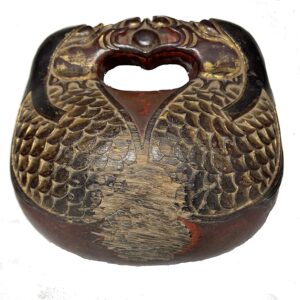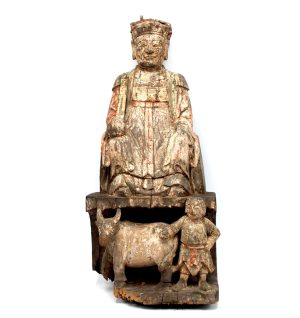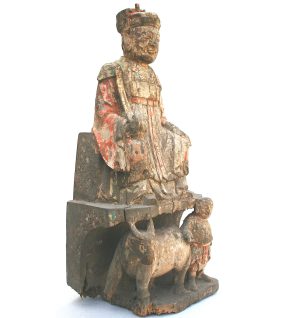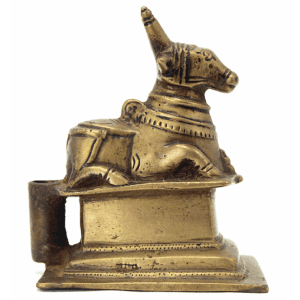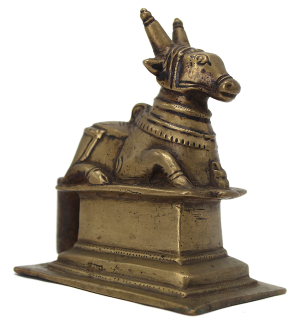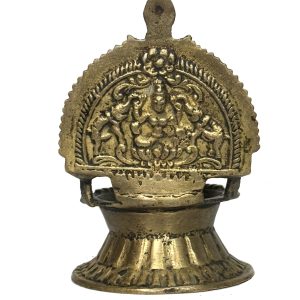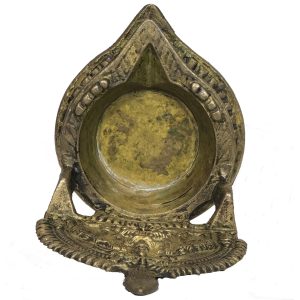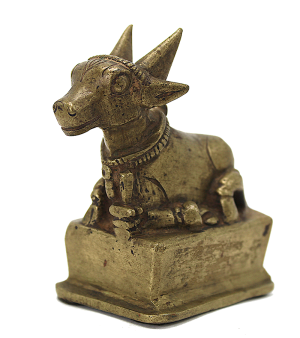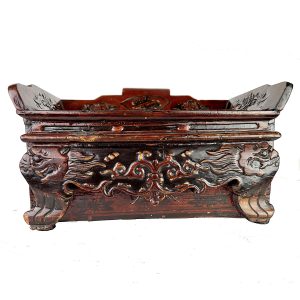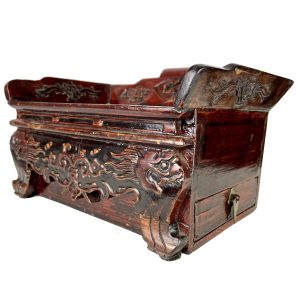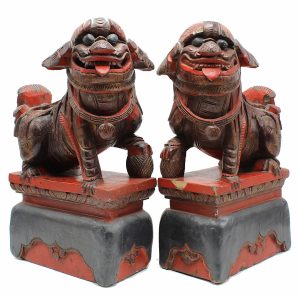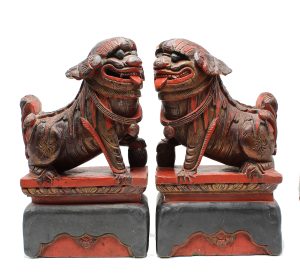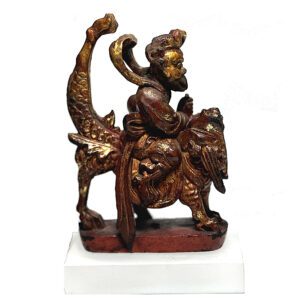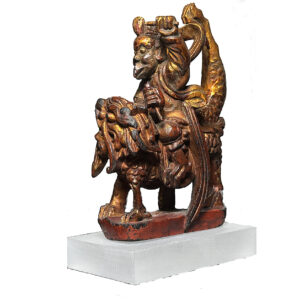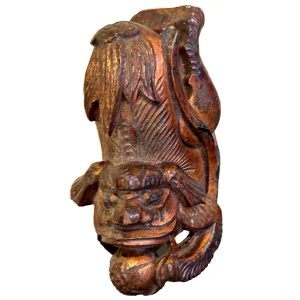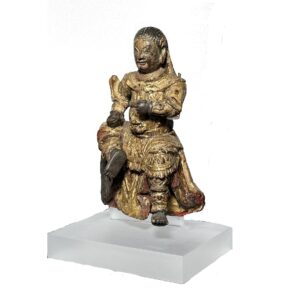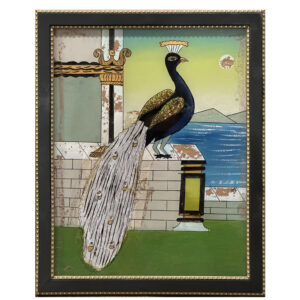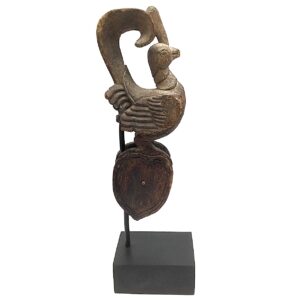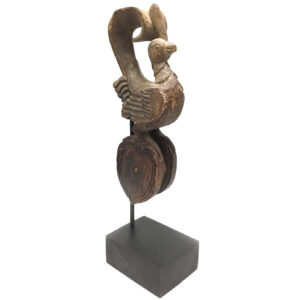Showing 1–12 of 52 results
-
Sale!


$875.00 Original price was: $875.00.$725.00Current price is: $725.00.
H: 12″ W: 11.75″ D: 9.5″ | CALL 213-568-3030 OR EMAIL [email protected] FOR SHIPPING.
Intricately carved Cadence or “Wakeful” Drum used by monks and chanters to awaken the mind and keep meditators attentive and mindful. Used In Pure Land Buddhism for chanting Amitabha Buddha’s name. Fish on handle symbolize wakeful mind as fish never close their eyes.
-
Sale!


$885.00 Original price was: $885.00.$650.00Current price is: $650.00.
H: 14.25″ W: 7.125″ D: 4.8″ | FREE SHIPPING WITHIN CONTINENTAL U.S.
Extremely rare provincial carving with a Taoist official on top above the legendary “Spring Ox,” accompanied by the Taoist Earth God “Herd Boy” who each spring ritually “wakes up the earth” by symbolically beating the Spring Ox with sticks.
-
Sale!


$245.00 Original price was: $245.00.$165.00Current price is: $165.00.
H: 4.5″ W: 2.25″ D: 3.25″ | FREE SHIPPING WITHIN CONTINENTAL U.S.
Antique recumbent long horned Nandi seated on a high pedestal throne, with jeweled decorations on head and body is an incense holder . Beautiful patina, finely cast.
-
Sale!


$150.00 Original price was: $150.00.$120.00Current price is: $120.00.
H: 5″ W: 3.25″ D:3.875″ | FREE SHIPPING WITHIN CONTINENTAL U.S.
Brass oil lamp front and back Lakshmi on a lotus, elephants showering water bringing life to the land governed by wisdom and purity that leads to material and spiritual prosperity.
-
Sale!


$155.00 Original price was: $155.00.$125.00Current price is: $125.00.
Ht: 3.5″. W: 1.75″ D: 2.5″ FREE SHIPPING WITHIN CONTINENTAL U.S.
Lost-wax one of a kind brass Nandi figurine on a high pedestal, is incised with decorative detailed adornments on his head and neck with beautiful patina from long daily use in home Hindu pujas.
-
Sale!


$325.00 Original price was: $325.00.$225.00Current price is: $225.00.
H: 6.375″ W: 10.75″ D: 7.125″ | FREE SHIPPING WITHIN CONTINENTAL U.S.
Charming carved and lacquered multi-use box, opening top and side drawer. Auspicious carved symbols – fu lion heads on front and plum blossoms and fan the front and frame. Painted calligraphic wish for sons. Likely was and still is unique wedding gift .
-
Sale!


$995.00 Original price was: $995.00.$695.00Current price is: $695.00.
H: 12″ D: 7″ D: 7.75″ | FOR SHIPPING INFORMATION CONTACT US AT 213-568-3030
This very fine pair of antique carved males fu lions represents the dual nature of these mythical animals: as protective images they are powerful and fierce, as Buddhist images they are whimsical with smiling faces, dangling tongues, hanging ears and bushy tails. They are extremely well carved with harnesses and bells around their necks, detailed manes and tails on high intricately decorated bases to signal their importance. Perfect for enhancing feng shui in a home or office, large finely decorative wood pairs like this are extremely hard to find.
-
Sale!


$345.00 Original price was: $345.00.$225.00Current price is: $225.00.
H: 6″ W: 2.5″ D: 4″ | FREE SHIPPING within continental US.
Miniature Taoist Thunder God who protects from injustice and punishes evildoers with his drum, mallet, chisel. Has bird’s beak and claws and dragon’s wings, rides a mythical hou. Part of bed frame carving with many protective deities.
-
Sale!


$395.00 Original price was: $395.00.$295.00Current price is: $295.00.
Ht: 5″. W: 4″. D: 2.5″ | FREE SHIPPING WITHIN CONTINENTAL U.S.
Pair of red and gold antique carved lions were likely part of a woman’s bed frame to bless and protect its occupants. Each holds a spherical 5-leaf plums as wish for 5 Blessings of Happiness and for passing civilian official exams. Acrylic base.
-
Sale!


$375.00 Original price was: $375.00.$295.00Current price is: $295.00.
H: 8.25″ W: 5.5″ D: 4″ | FREE SHIPPING WITHIN CONTINENTAL U.S.
Statues of Guandi, the God of War and Justice were displayed in Temples and home shrines throughout China. Part of a larger carving, wears military maille, has taotie – a warning against gluttony – and is covered in gold as a sign of power.
-
Sale!

$395.00 Original price was: $395.00.$325.00Current price is: $325.00.
H: 16″ W: 13 ” D: 1″ | CALL 213-568-3030 OR EMAIL [email protected] FOR SHIPPING
Glass painting of a peacock, one of a pair of panels in an antique Indian cabinet with Krishna Playing his Flute (3982). This vibrant wall hanging is beautifully painted with reflective silver accents. We recommend they be kept as a pair.
-
Sale!


$235.00 Original price was: $235.00.$150.00Current price is: $150.00.
H: 10.5” W: 3.25” D: 2.375” | FREE SHIPPING WITHIN CONTINENTAL U.S.
Elegant antique heddle-pulley carved from a single piece of Burmese teak topped by a hamsa, a goose-like bird and sacred Buddhist symbol of wisdom. Auspicious symbolic animal images are believed protect the weaver, assure quality weaving, and pleases the gods and spirits. Finely weathered from time and use.
End of content
End of content


